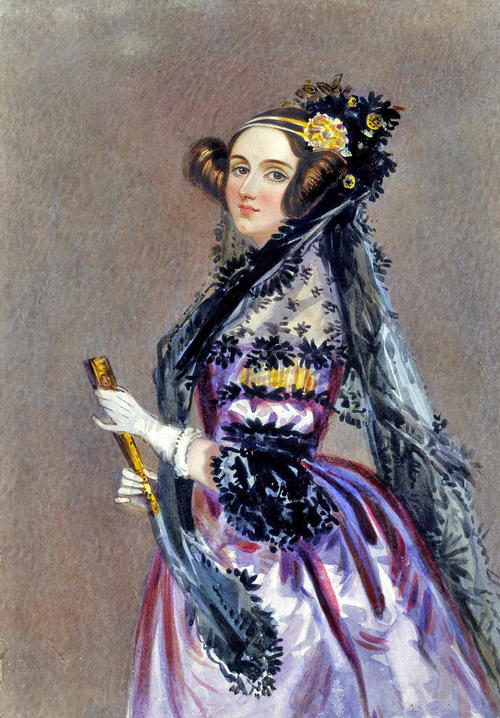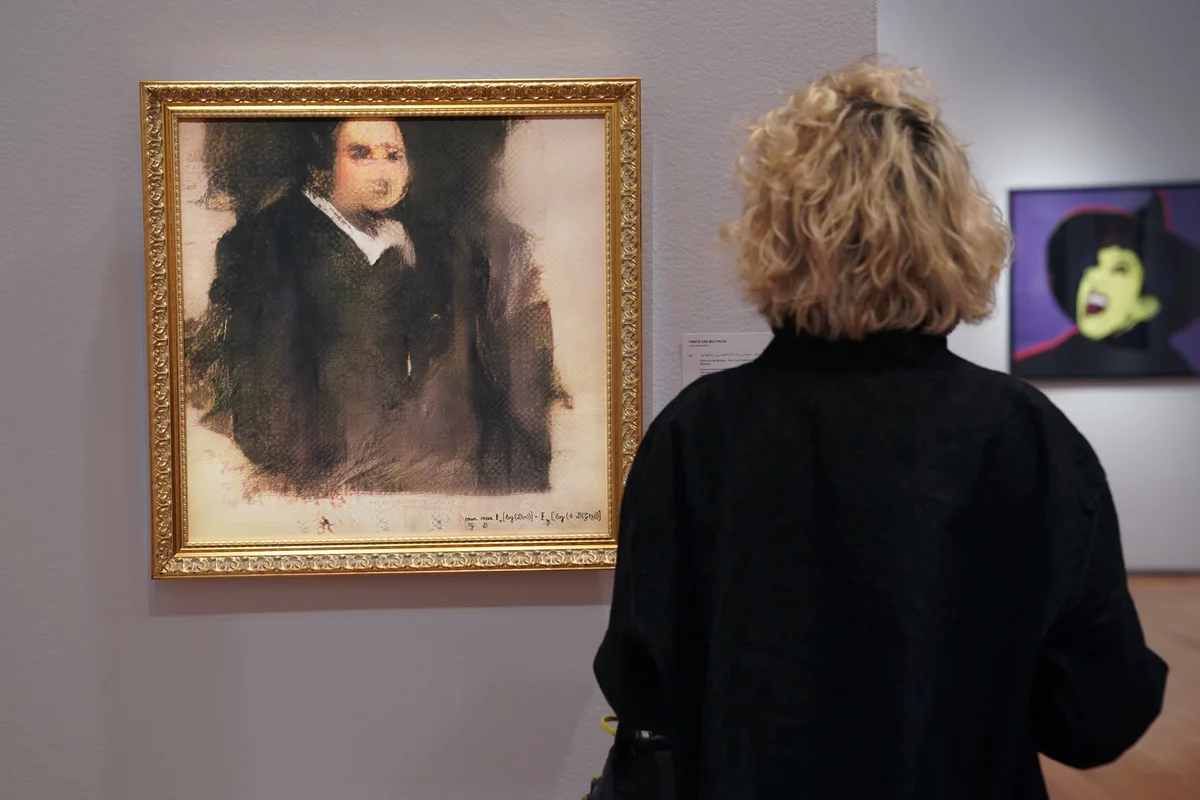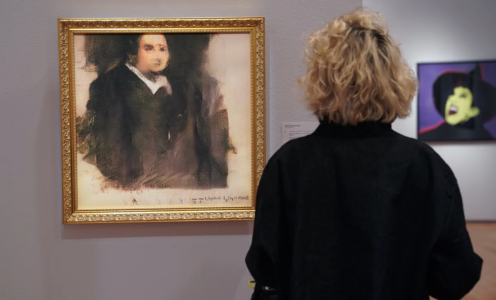The question whether a computer or in general a machine is able to be intelligent dates back way before the term Artificial Intelligence was introduced in 1956. Long before computers were developed, philosophers like Aristotle tried to formulate a set of rules to describe the rational mind. (Russell and Norvig, 2010)
To give an answer when intelligence could be attained by a machine can be evaluated by the Turing Test (TT), which was proposed by Alan Turing in 1950 (Turing, 1950). In this so called imitation game a machine is considered to be intelligent, when a person is unable to distinguish the machine from a real person after a short chat and is therefore based on deception.
There are doubts, as argued by John Searle in his Chinese Room Argument (CRA), that such a machine would actually be intelligent. If the machine just follows a rule-book to give the answer it would not be considered to have consciousness or intentionality about the objects it refers to (Searle, 1980), which basically means that even if the output of a machine is considered to be intelligent by the TT, the process itself does not have to be.

There is a similar discussion about whether or not machines can be creative. Of course to answer this we first have to know what creativity means. There are different definitions, but regarding to M. Boden it must be a novel artefact, which has to be surprising and valuable Boden, 2014. There are different levels of surprise and novelty and the discussion regarding the definition is not settled here. We also do not know how to test those machines or artefacts for creativity.
Related to the CRA it could be argued, that even if an artefact appears to be creative, there would be nothing in the machine that would understand it, as long as a machine has no consciousness and intentionality. Even if it would show some of those features, which we would not know how to test, a machine is designed by a human and therefore it has no autonomy, which has been expressed by boden with:
„Being programmed is the antithesis of being autonomous.“
Margaret Boden
Creativity for machines is therefore a contradiction in terms due to Boden, when we say autonomy is needed. This raises the question whether a machine could come up with something novel and valuable by itself. This kind of surprise could be due to a malfunctioning of the hardware or bad inputs, but also due to some unexpected bugs. The designer could with some investigation still figure out how that artefact/output was created and it would therefore not produce an actual surprise.
To test if a machine truly produces something novel a new test was introduced in 2001 called Lovelace Test (LT) (Bringsjord et al., 2000). This test is named after the 19th century British mathematician Ada Lovelace who said:
„Computers can’t create anything. For creation requires, minimally, originating something. But computers originate nothing; they merely do that which we order them, via programs, to do“
Ada Lovelace
In this proposed test an artificial agent (machine) A, that was designed by H, passes the LT if and only if an output of A is repeatable (no hardware error) and H cannot explain how A produced the output. There is no clear definition on how good such an explanation has to be for specific systems, but the time available to come up with one is said to be infinite.
This test is applicable to almost all cases, where a creative artefact is expected to be an output and compared to the TT not limited to the deception of a human over natural language. In contrast, it is not essential to be a strong AI to pass the TT and some already declared in 2014 that it had been passed (of Reading, 2014). This was not achieved through huge advances in the intelligence of the system but mostly because computers are getting exponentially faster (Moore’s law) and can therefore process more data.
So far there has not yet been a machine, that is able to pass the LT. It is also unclear, whether there will ever be a machine that could do that. Even though we have programs nowadays, that produce artefacts which would be considered to be creative by most people there is always an explanation possible by examining the code. As long as all computers are Turing machines it is unlikely that LT could ever be passed. Also new quantum computers are in the end just Turing machines. There would need to be a so called Oracle-Machine, that is able to solve problems that are beyond a classical Turing-Machines by having an additional component that is able to solve problems of any complexity class and even undecidable problems.
Similar to the TT there is a proposal for a test for creativity called Lovelace Test 2.0, that is based on the artefact and not the process (LT2) (Riedl, 2014). In LT2 there is also an Agent A that creates an output O of type T. O has to conform a set of constraints C, which are expressed in natural language. A human evaluator H who has chosen T and C validates that O is an instance of T and meets C. A human referee R also controls, that the combination of T and C is not impossible and therefore could also be fulfilled by a human. This test allows not only to check for a general creativity, but also can be used for the different types (painting, music, poetry,…) and allows to quantify the level of creativity by measuring how often it succeeds or how many constraints it satisfies.
Different kinds of tests for intelligence and creativity exist and they often differ in whether they try to measure strong or weak AI. The main problem in the end lies in the definition of those terms and it is not certain that those philosophers denying features like intelligence or creativity for machines could be convinced by a successful test.
References
Russell, S., & Norvig, P. (2010). Artificial intelligence: A modern approach (3rd ed.). Prentice Hall.
Turing, A. M. (1950). Computing machinery and intelligence. Mind, 49, 433–460. http://cogprints.ecs.soton.ac.uk/archive/00000499/00/turing.htm
Searle, J. R. (1980). Minds, brains and programs. Behavioral and Brain Sciences, 3.
Boden, M. (2014). Creativity and artificial intelligence: A contradiction in terms? The philosophy of creativity: new essays. http://www.ruskin.tv/maggieb/downloads/Artificial_Intelligence_and_Creativity_ Contradiction_in_Terms_.pdf
Bringsjord, S., Bello, P., & Ferrucci, D. (2000). Creativity, the turing test, and the (better) lovelace test. Minds and Machines, 11. https://doi.org/10.1023/A:1011206622741
Reading, U. (2014). Turing test sucess marks milestone in computing history (reading.ac.uk, Ed.) [[Online; posted 08-June-2014]]. \url{https://www.reading.ac.uk/news-archive/press-releases/pr583836.html}
Riedl, M. O. (2014). The lovelace 2.0 test of artificial creativity and intelligence.



